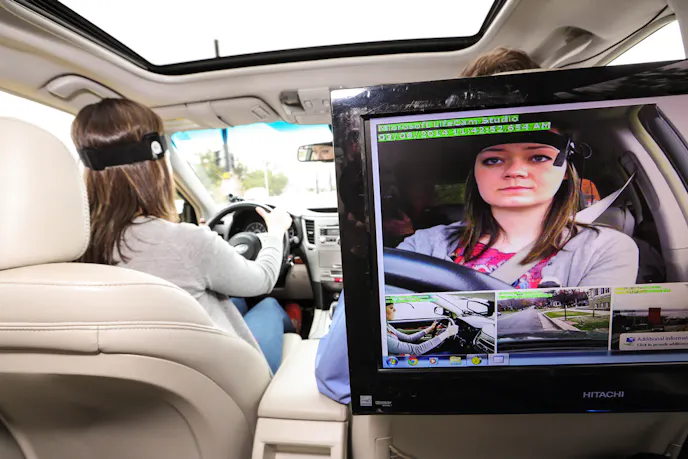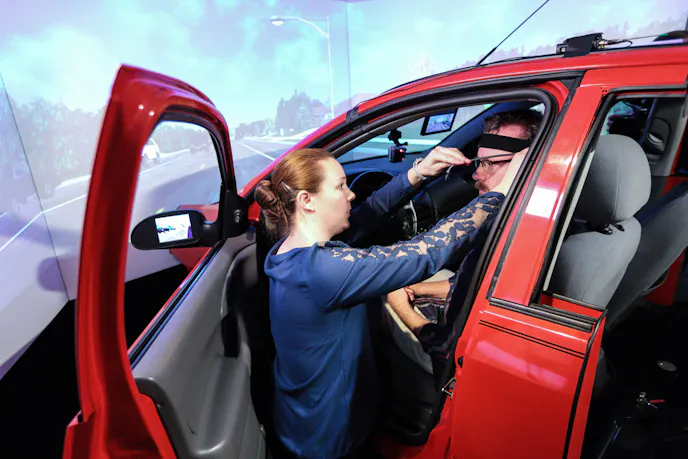Hopefully you’re not using your cell phone, tablets, or other communications devices while driving off-road, but in this day of super-sophisticated hands-free systems in motor vehicles of every shape, size, and capability, including pickup trucks and SUVs, it’s a bit unsettling to find out that these systems that are meant to diminish driver distraction and help us drive more safely, may be increasing driver distraction.
 “We already know that drivers can miss stop signs, pedestrians and other cars while using voice technologies because their minds are not fully focused on the road ahead,” said Bob Darbelnet, chief executive officer of AAA. “We now understand that current shortcomings in these products, intended as safety features, may unintentionally cause greater levels of cognitive distraction.”
“We already know that drivers can miss stop signs, pedestrians and other cars while using voice technologies because their minds are not fully focused on the road ahead,” said Bob Darbelnet, chief executive officer of AAA. “We now understand that current shortcomings in these products, intended as safety features, may unintentionally cause greater levels of cognitive distraction.”
“Distracted driving is one of the riskiest driving activities that many motorists engage in regularly,” said Alice Bisno, the Automobile Club of Southern California’s senior vice president for public affairs. “With all the new technologies that drivers can use in their cars today and in the near future – from cell phones to Google Glass and other wearable devices – it is vital that drivers understand how much technology can distract them.”
How did some of these systems rank in the study? Toyota’s Entune system garnered the lowest cognitive distraction ranking (at 1.7), which is similar to listening to an audio book. In comparison, the Chevrolet MyLink resulted in a high level of cognitive distraction (rating of 3.7). Other systems tested included the Hyundai Blue Link (rating 2.2), the Chrysler Uconnect (rating 2.7), Ford SYNC with MyFord Touch (rating 3.0), and the Mercedes COMAND (rating 3.1).
It’s surprising news that these popular new vehicle features may actually increase mental distraction, according to new research by the AAA Foundation for Traffic Safety. The results, which build on the first phase of the Foundation’s research conducted last year, suggest that developers can improve the safety of their products by making them less complicated, more accurate and generally easier to use – a point AAA hopes to use in working with manufacturers to make hands-free technologies as safe as possible for consumers.
You might also like
Dan Vance: The Godfather Of The 1450 Prerunner Scene
Dan Vance earned the title of godfather of prerunners with his WFO style. His garage-built Toyota proved that budget builds can win.




